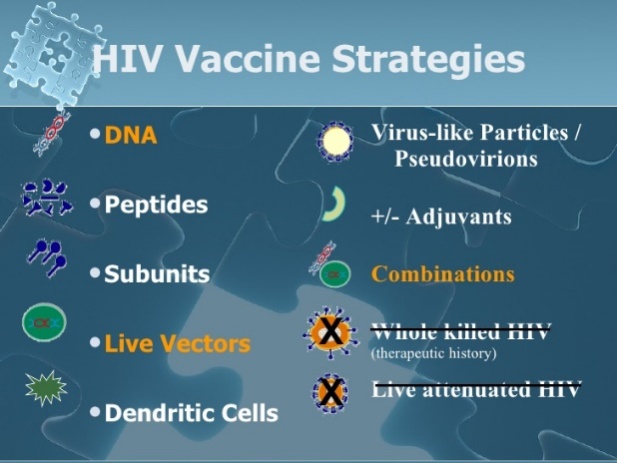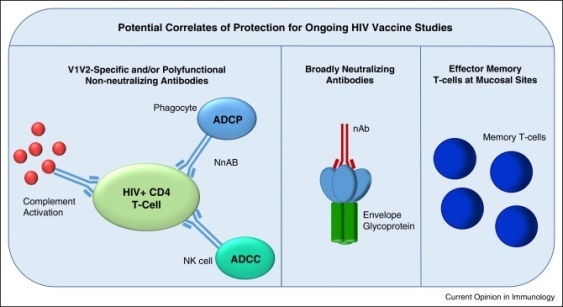Vaccine or immunology is a substance that teaches the body how to recognize and protect itself against a disease-causing agent, e.g. a virus or bacterium. Even Most licensed vaccines are over 90% effective
There is still no HIV vaccine is available which is 100% effective.HIV vaccines are not able to cause HIV.
Although, preventions that has been proved have slowed HIV’s spread – but thousands of people are constantly getting infected daily and to end the epidemic, an effective HIV vaccine is needed.

Vaccines
The most effective public health tools that offers long-term protection in just 1 or several dosesare typically cost-effective compared to other options. There are two types of vaccines
Preventive vaccines:
Designedespecially for those who are not alreadyinfected with HIV.If effective, it would reduce either: risk of infection and viral load set point after infection, allowing the body to better control the disease but not clear the virus. Most HIV vaccine research focuses on the first type.
Therapeutic vaccines:
Designed for people who ARE living with HIV.If effective, would train the body’s immune system to help control HIV in the body.
How it might work
If HIV is exposed, preventive vaccine would teach the body to recognize and fight it.Vaccine would carry a component that ‘looks and feels’like a part of HIV, but is not HIV and cannot cause HIV infection. Vaccine components are copied pieces of the virus known to generate an immune response and the Body is expected to certainly react by creating antibodies or killer cells with a memory response. Upon exposure to HIV, antibodies and killer cells would be waiting to prevent and control infection.
The whole virus – killed or weakened – is not used in experimental HIV vaccines. Vaccine components resemble the virus and cause immune responses, but they are not the actual virus. Only safe, synthetic pieces of the HIV virus are used in research.
Immune responses
Preventive HIV vaccines are designed to elicit two arms of the immune system – humoral and cellular.
Humoral immunity:
Primary action of humoral arm is creating antibodies: Y-shaped proteins produced by B cells in response to a pathogen to prevent infection. Antibodies have multiple functions, attaching to and helping destroy pathogens (opsonization), keeping the pathogens from entering host cells (neutralization) and calling other cells into action (sensitization).
Cellular immunity:
T cells recognize HIV-infected cells.
There are two types,T-helper cells coordinate the immune response where cytotoxic T lymphocytes (CTLs) kill infected cells.

Key challenges
Nobody has ever eliminated HIV with their own immune system. HIV makes many copies of itself and mutates, making itself unrecognizable to the immune system and leads to different subtypes of the virus throughout the world. HIV kills the very immune cells the body uses to defend against disease.